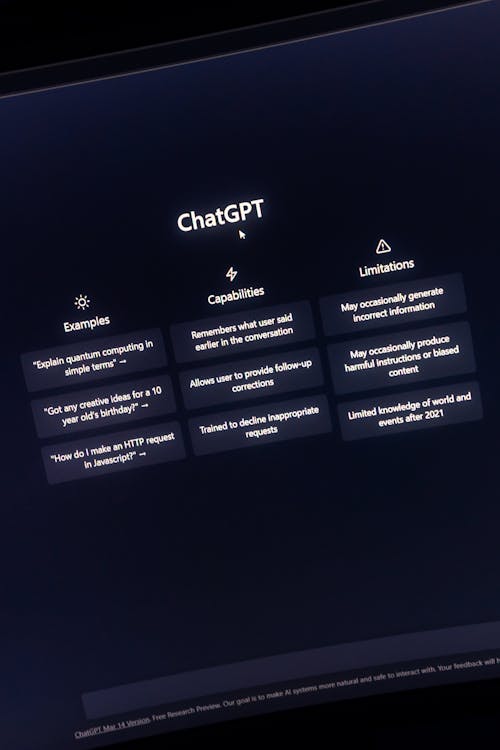Introduction: Unlocking AI’s Full Potential with Prompt Engineering
Have you ever wondered why some AI-generated outputs are precise, insightful, and highly effective, while others miss the mark completely? The secret lies in prompt engineering—a critical, yet often overlooked, skill essential for maximizing AI capabilities in AIOps and Site Reliability Engineering (SRE). In this comprehensive guide, you’ll dive deep into prompt engineering, discovering how it can dramatically enhance operational effectiveness, reduce manual efforts, and improve decision-making processes.
Understanding Prompt Engineering
Prompt engineering is the craft of creating precise instructions (prompts) to guide AI models. It bridges human intention with AI outputs, ensuring clarity, relevance, and accuracy. Whether your goals involve automating incident response, optimizing system monitoring, or troubleshooting complex problems, mastering prompt engineering is key to operational success.
Importance of Prompt Engineering in AIOps & SRE
| Key Area | Benefits of Effective Prompt Engineering |
|---|---|
| Incident Management | Accelerates diagnosis, improves accuracy, reduces MTTR significantly. |
| Monitoring & Alerts | Enhances anomaly detection precision, reduces false positives. |
| Task Automation | Boosts clarity and effectiveness in automating repetitive operational tasks. |
| Decision Support | Provides accurate, context-aware insights for better-informed decisions. |
Core Techniques and Best Practices
1. Clarity and Specificity
Clearly specify desired outcomes. Avoid ambiguity by providing detailed context.
Example:
- Vague: “Explain Kubernetes networking.”
- Enhanced: “Describe step-by-step how Kubernetes manages pod-to-pod and external communication, and list the most widely-used networking plugins like Calico and Flannel.”
2. Structured Prompts
Structure your prompts to guide clear, actionable responses.
Example:
List and explain five best practices for reducing MTTR in incident management:
1.
2.
3.
4.
5.3. Iterative Refinement
Continuously refine prompts based on AI-generated feedback and results. Iteration enhances output accuracy progressively.
4. Contextual Embedding
Include specific details like technology stack, environmental conditions, or recent incidents.
Example:
Environment: Prometheus, Grafana
Task: Create CPU usage anomaly alert
Provide step-by-step configuration.Advanced Prompt Engineering Strategies
Persona-Based Prompts
Define roles within your prompts to generate highly tailored responses.
Example:
As a senior SRE, provide detailed troubleshooting steps for addressing latency issues in a Kubernetes cluster running on AWS.Chain-of-Thought (CoT) Prompting
Guide AI to reason logically by breaking down complex questions into simpler steps.
Example:
Analyze the reasons for a recent spike in latency:
1. Check recent deployments.
2. Inspect network metrics.
3. Evaluate resource usage.
Summarize findings clearly.Few-Shot Prompting
Offer multiple examples to clearly indicate the desired output format.
Example:
Incident Description: CPU usage spike
Cause: Excessive load from recent deployment
Resolution: Scale deployment, optimize code.
Incident Description: Slow database queries
Cause: Missing indexes
Resolution: Add appropriate indexes, monitor queries.
Incident Description: Application downtime due to failed deployment
Cause:
Resolution:Real-world Case Study: Incident Management Optimization
At a top-tier technology organization, prompt engineering led to a remarkable improvement in incident management. Initially, vague AI alerts resulted in prolonged incident resolution times. By implementing targeted prompt engineering, the team achieved:
| Metric | Before Prompt Engineering | After Prompt Engineering |
|---|---|---|
| Mean Time To Recovery (MTTR) | 6 hours | 3.3 hours |
| Alert Accuracy | 60% | 92% |
| Manual Intervention | High | Significantly reduced |
Practical Examples of Prompt Engineering
Code Snippet Example for Incident Resolution
# Check pod status
kubectl get pods --all-namespaces
# Describe specific pod
kubectl describe pod <pod_name> -n <namespace>
# Fetch logs
kubectl logs <pod_name> -n <namespace>This script illustrates clear, actionable prompts that streamline incident response.
Prompt Engineering for Anomaly Detection
Context: Monitoring environment using Datadog.
Task: Identify anomalies in memory usage for critical services.
Output: List services, severity level, timestamps, and recommended actions.Prompt Engineering Checklist
| Checklist Items | Done |
|---|---|
| Define the clear goal and expected output | [ ] |
| Provide relevant contextual information | [ ] |
| Structure prompts for clarity and ease of use | [ ] |
| Test iteratively and refine based on feedback | [ ] |
| Document effective prompts systematically | [ ] |
Conclusion: Elevating Operational Excellence with Prompt Engineering
Mastering prompt engineering is not just a valuable skill—it’s an operational imperative for achieving excellence in AI-driven environments. By effectively leveraging structured prompts, contextual clarity, and iterative refinement, you empower your teams to reduce manual toil, improve responsiveness, and enhance reliability significantly.
Embrace prompt engineering as an essential capability and watch your operational efficiency and effectiveness soar.


